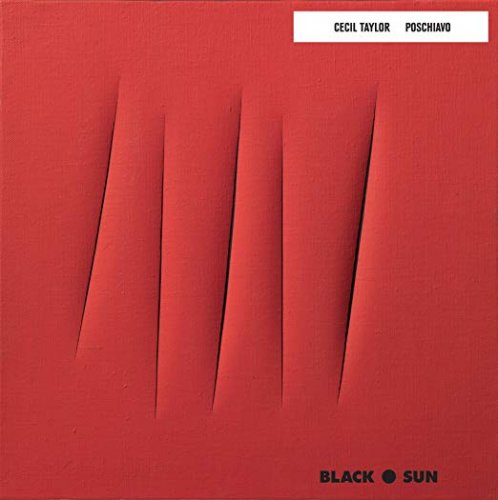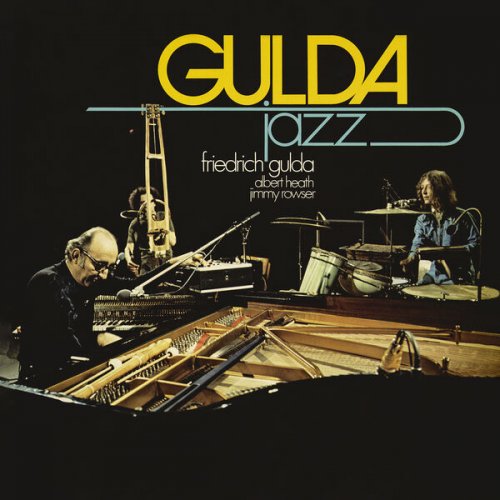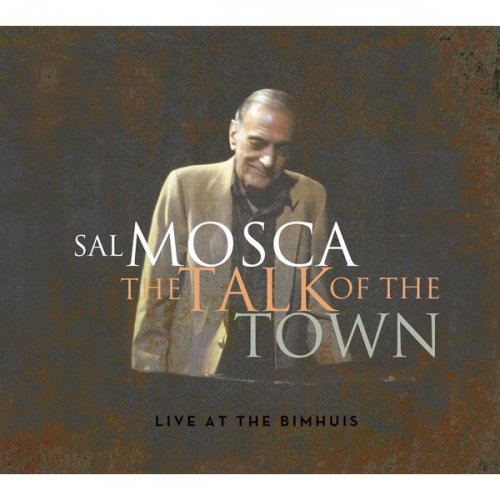Cecil Taylor - Poschiavo (2018)

Artist: Cecil Taylor
Title: Poschiavo
Year Of Release: 2018
Label: Black Sun Music
Genre: Jazz
Quality: FLAC (tracks)
Total Time: 54:39
Total Size: 196.8 MB
WebSite: Album Preview
Tracklist:Title: Poschiavo
Year Of Release: 2018
Label: Black Sun Music
Genre: Jazz
Quality: FLAC (tracks)
Total Time: 54:39
Total Size: 196.8 MB
WebSite: Album Preview
1. Poschiavo (54:39)
Recorded in concert 14 May 1999
Poschiavo, Switzerland
Uncool Festival
In the life of every artist comes the time — when toward the end of his existence — he will create a monument to his ever-lasting artistic efforts. It is the Swan-Song for which he wishes to remain being known; for centuries, this has crossed the borderlines between cultures and arts. POSCHIAVO was recorded when Cecil Taylor was sixty-nine years old, very much at the height of his musical and poetic powers. Recorded in Europe on a fine Bösendorfer grand piano in perfect digital clarity, POSCHIAVO is an almost hour-long recital of a level of intensity that only Cecil Taylor's astonishing pianism could create.
Five years before his passing away, Cecil Taylor was honored in Japan with the Kyoto Award of the Inamori Foundation. The reasoning, repeated below as published by the Inamori Foundation, is a comprehensive summing-up of what had made Cecil Taylor one of the leading artistic figures of the 20th century. As he created his own life and art, no influences can be detected in his playing. At the same time, no-one could truly absorb Cecil Taylor's style and performance as there is no-one who could play like Cecil Taylor.
Cecil Taylor is a leading piano exponent of the "free jazz" movement that emerged in the late 1950s. His strong black consciousness, extraordinary virtuosity, and indefatigable willpower have made him a master of improvisation who has left a significant mark on jazz and African-American music circles. Born in New York in 1929, Taylor studied at the New England Conservatory of Music. In the conventional form of jazz music, a series of ad-lib solos often follows the theme melody based on its chord progression before the reprise. However, amid growing interest in extemporaneity and "chance" in the modern music world of the late 1950s, Mr. Taylor defied this formula and invented a unique and vigorous style of improvisation based on phrase units. In the early 1960s, he further explored an innovative method of interplay that broke out of the steady-pulse framework and instead drove in instantaneous beats, thus dramatically expanding freedom in musical expression. Along with this epic recording of free jazz, his Conquistador! and Unit Structures albums, both recorded in 1966, are regarded as defining works in the history of jazz. There is no denying that his percussive renditions, involving tone clusters often played with palms, and the complex and poly-rhythmic construction of his music owe something to the avant-garde language of European music. However, Taylor himself interprets these attributes as an abstract and radical evolution of styles traditionally employed by African-American pianists, with origins in stride piano. After the 1960s he draws on only his own compositions and deconstructs melodies and rhythm patterns while repeating them with intense key strokes. Thus he perfects his unique style of an impulsive stream of phrase units and tone clusters. In the late 1980s, he devoted more time and effort to performing in Europe, playing and recording with local improvisers. This experience captured explosive moments when the European tradition of free improvisation, originating in the 1960s, set off sparks against Taylor's spiritually deep and unyielding form of expression which is based on the African-American tradition. Taylor has pursued a career as a creator with his artistry conveyed in multiple forms. In addition to musical performances ranging from solo pieces to collaborating with orchestras, he also dances and recites poetry onstage. He often performs with other dancers and dance companies, and publishes poetry collections that powerfully evoke his African-American identity. Mr. Taylor is a deeply original artist who has uncompromisingly dedicated his whole 60-year career to artistic creation and achieved immortal contributions to the field of African-American music. For these reasons, the Inamori Foundation is pleased to present the 2013 Kyoto Prize in Arts and Philosophy to Cecil Taylor.
Five years before his passing away, Cecil Taylor was honored in Japan with the Kyoto Award of the Inamori Foundation. The reasoning, repeated below as published by the Inamori Foundation, is a comprehensive summing-up of what had made Cecil Taylor one of the leading artistic figures of the 20th century. As he created his own life and art, no influences can be detected in his playing. At the same time, no-one could truly absorb Cecil Taylor's style and performance as there is no-one who could play like Cecil Taylor.
Cecil Taylor is a leading piano exponent of the "free jazz" movement that emerged in the late 1950s. His strong black consciousness, extraordinary virtuosity, and indefatigable willpower have made him a master of improvisation who has left a significant mark on jazz and African-American music circles. Born in New York in 1929, Taylor studied at the New England Conservatory of Music. In the conventional form of jazz music, a series of ad-lib solos often follows the theme melody based on its chord progression before the reprise. However, amid growing interest in extemporaneity and "chance" in the modern music world of the late 1950s, Mr. Taylor defied this formula and invented a unique and vigorous style of improvisation based on phrase units. In the early 1960s, he further explored an innovative method of interplay that broke out of the steady-pulse framework and instead drove in instantaneous beats, thus dramatically expanding freedom in musical expression. Along with this epic recording of free jazz, his Conquistador! and Unit Structures albums, both recorded in 1966, are regarded as defining works in the history of jazz. There is no denying that his percussive renditions, involving tone clusters often played with palms, and the complex and poly-rhythmic construction of his music owe something to the avant-garde language of European music. However, Taylor himself interprets these attributes as an abstract and radical evolution of styles traditionally employed by African-American pianists, with origins in stride piano. After the 1960s he draws on only his own compositions and deconstructs melodies and rhythm patterns while repeating them with intense key strokes. Thus he perfects his unique style of an impulsive stream of phrase units and tone clusters. In the late 1980s, he devoted more time and effort to performing in Europe, playing and recording with local improvisers. This experience captured explosive moments when the European tradition of free improvisation, originating in the 1960s, set off sparks against Taylor's spiritually deep and unyielding form of expression which is based on the African-American tradition. Taylor has pursued a career as a creator with his artistry conveyed in multiple forms. In addition to musical performances ranging from solo pieces to collaborating with orchestras, he also dances and recites poetry onstage. He often performs with other dancers and dance companies, and publishes poetry collections that powerfully evoke his African-American identity. Mr. Taylor is a deeply original artist who has uncompromisingly dedicated his whole 60-year career to artistic creation and achieved immortal contributions to the field of African-American music. For these reasons, the Inamori Foundation is pleased to present the 2013 Kyoto Prize in Arts and Philosophy to Cecil Taylor.


![Yasuhiro Usui, Ryoko Ono and Taro Tatsumaki - The House Concert Live Collection, Vol. 55: Yasuhiro Usui (Live at 3rd Floor, Artist House, Daehak-ro, Seoul, 7/12/2015) (2025) [Hi-Res] Yasuhiro Usui, Ryoko Ono and Taro Tatsumaki - The House Concert Live Collection, Vol. 55: Yasuhiro Usui (Live at 3rd Floor, Artist House, Daehak-ro, Seoul, 7/12/2015) (2025) [Hi-Res]](https://www.dibpic.com/uploads/posts/2025-12/1765791289_rchn1y2nh7yfb_600.jpg)





